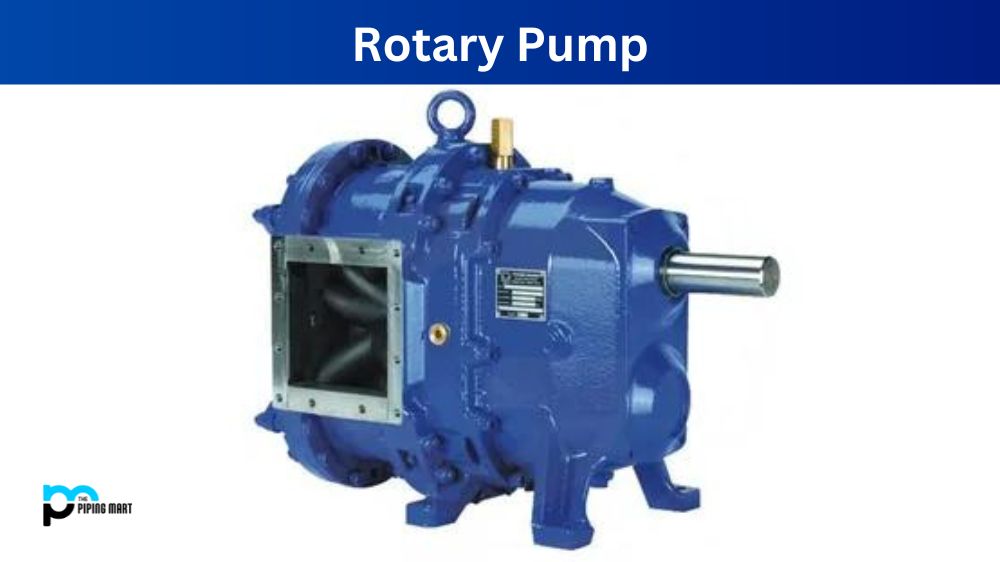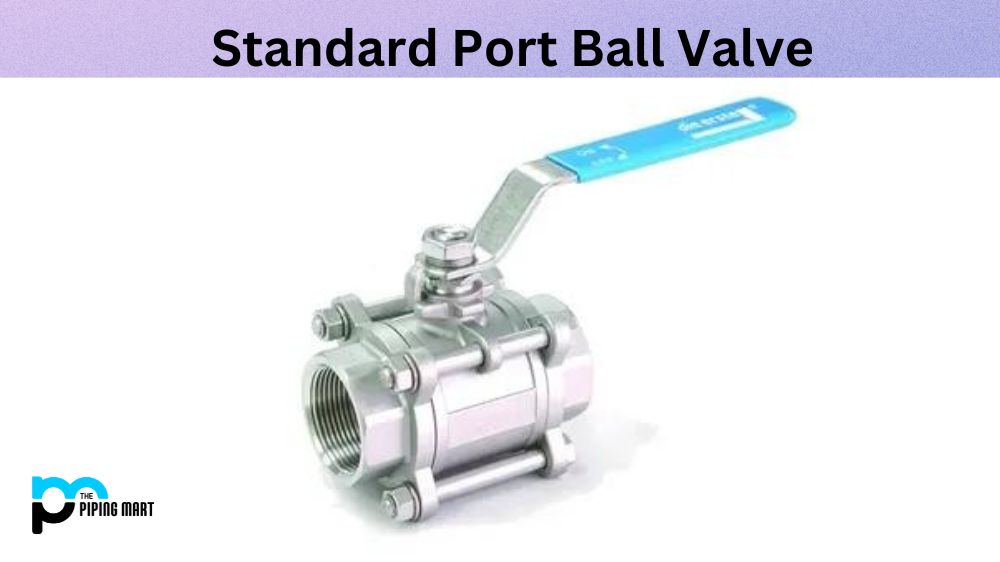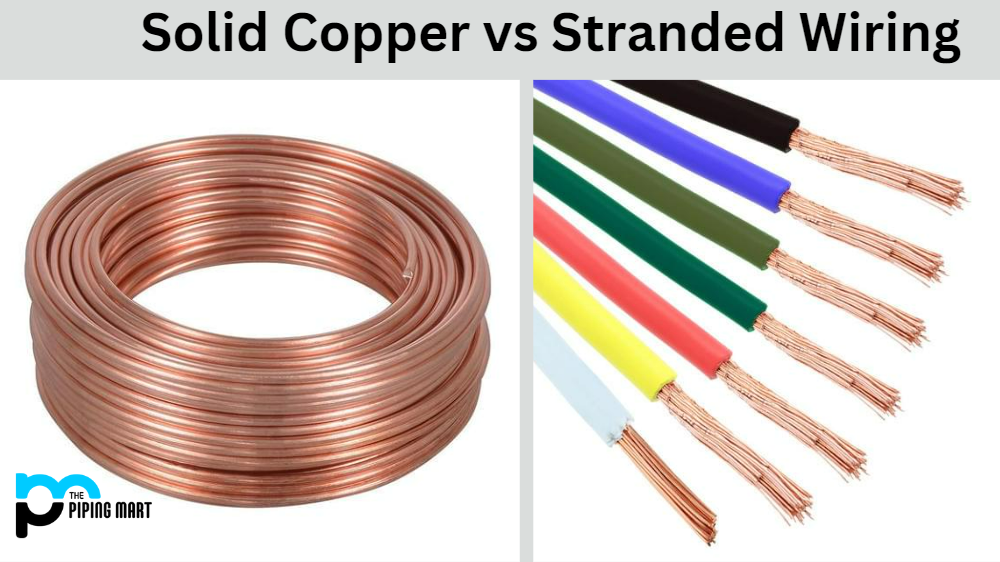The process of cutting metal is an essential part of many manufacturing processes. Stamping and blanking are two popular methods used to cut metal. On the surface, they may appear similar, but there are some key differences between the two that you should take into consideration when deciding which one to use. Keep reading to learn more about the difference between stamping and blanking of metals.
What is Metal Stamping?
Metal stamping is a process that involves pressing a metal sheet or strip into a die in order to produce a desired shape. This process is often used to create components for vehicles, electronics, medical devices, and even jewelry. It’s also used in the production of coins and other currency. Depending on the type of material being stamped, the process can involve punching, bending, forming, or deep drawing techniques.
What is Metal Blanking?
Metal blanking is similar to metal stamping in that it also uses dies to cut shapes from sheets or strips of metal; however, there are some key differences between the two processes. While stamping typically creates parts with intricate details, such as curved edges or embossed logos, blanking only produces parts with straight edges. Stamped parts will have varying thicknesses depending on the design; however, blanked parts have uniform thickness throughout their entire length since no detailed work is involved during this process. Additionally, because no additional force is applied after cutting with this method, you can expect a very precise finished product every time.
Difference Between Stamping and Blanking of Metals
Advantages of Stamping
One advantage of stamping is that it can be used to create parts with very tight tolerances. Additionally, stamping can be used to create parts with very thin walls. Another advantage of stamping is that it is a relatively fast process when compared to other manufacturing processes, such as machining.
Advantages of Blanking
One advantage of blanking is that it can be used to create parts with very intricate shapes. Additionally, blanking can be used to create parts with very thin walls. Another advantage of blanking is that it is a relatively fast process when compared to other manufacturing processes, such as machining.
Disadvantages of Stamping
One disadvantage of stamping is that it requires special dies and presses that can be expensive to purchase or rent. Additionally, stamping can only be used to create parts from sheet metal, which may not be suitable for all applications. Finally, the stamping process can sometimes cause distortion in the metal parts.
Disadvantages of Blanking
One disadvantage of blanking is that it requires special dies and presses that can be expensive to purchase or rent. Additionally, blanking can only be used to create parts from sheet metal, which may not be suitable for all applications.
Conclusion:
In conclusion, understanding the difference between metal stamping and blanking can help you make an informed decision when it comes to choosing which one will best suit your needs for your project or application. Both processes involve using dies to cut shapes from sheets or strips of metal; however, stamping offers more flexibility in terms of complexity, while blanking provides precision through uniformity in thickness and straight edges only. Understanding these differences will help ensure that you get the right product for your job every time!
Meet Heer, a dynamic and driven writer learning tricks of her trade in the metal industry. With a background in Digital Marketing, Heer brings a unique perspective to her writing, sharing valuable insights. Apart from blogging she like reading and hiking.




